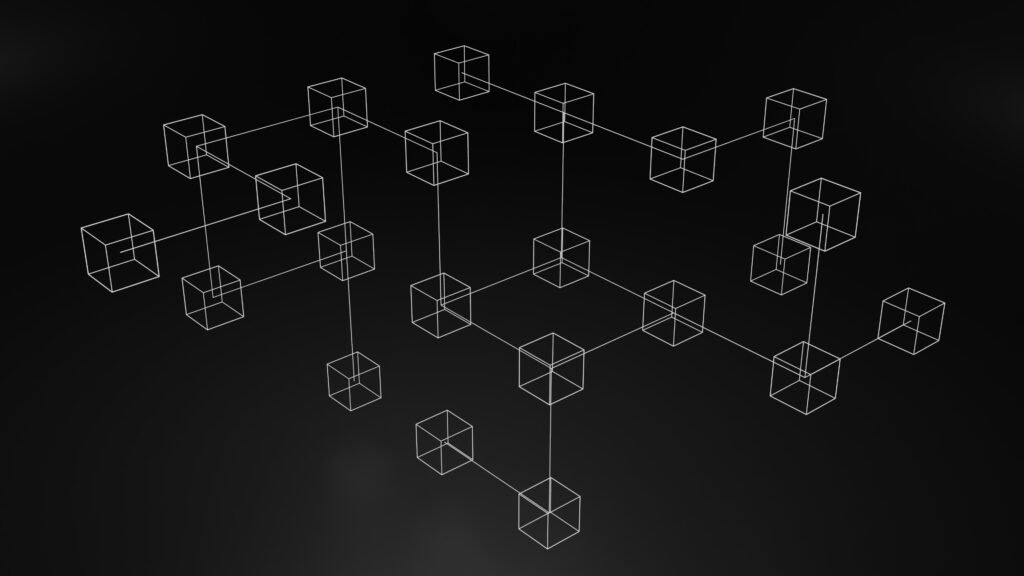Intro
In the rapidly evolving landscape of technology and neuroscience, one innovation stands out for its potential to transform our understanding and enhancement of the human brain: neuro links. These cutting-edge devices or systems represent the forefront of neurotechnology, offering unprecedented insights and control over brain function. As we delve deeper into the capabilities and applications of neuro-links, it becomes increasingly clear that they are not just a scientific marvel but a revolution in the making for brain enhancement and beyond.
Unveiling the Mystery: What Are Neuro Links?
Neurolinks represent a frontier in the integration of technology with human cognitive processes. These sophisticated systems or devices enable a direct interface between the human brain and digital platforms or machinery, effectively bridging the gap between biological and electronic networks. At their essence, neuro links are built upon our growing understanding of the brain’s complex network of neurons, which communicate through electrical impulses. By interfacing with these neural signals, neuro links can decode and modulate brain activity, offering novel pathways for both understanding and enhancing human cognition.
This technology relies on precise detection, analysis, and manipulation of neural signals, allowing for a wide array of applications from medical therapies to cognitive augmentation. Whether it’s facilitating the restoration of motor functions in individuals with spinal cord injuries or enhancing learning capabilities, neurolinks open a realm of possibilities that were once relegated to the domain of science fiction. They embody the convergence of neuroscience and cutting-edge technology, aimed at expanding the boundaries of what is possible in brain-machine interaction. Through the implementation of neuro links, we stand at the cusp of an era where direct communication between the brain and external devices not only becomes feasible but also practical for an array of purposes, heralding a new chapter in the evolution of neurotechnology.
The Multifaceted Benefits of Neuro Links
The advantages offered by neuro-links extend far beyond traditional boundaries, affecting everything from healthcare to personal cognitive development. In the realm of medical science, these technologies present groundbreaking methods for addressing neurological conditions and injuries. They provide innovative pathways for individuals to overcome physical limitations resulting from neurological damage, such as offering those with paralysis the ability to move once-paralyzed limbs via brain-controlled prosthetic devices. This not only marks a significant leap in medical technology but also restores autonomy and quality of life to many individuals.
Expanding beyond medical applications, the potential for neuro links to boost cognitive functions is equally promising. Imagine the possibilities of enhancing memory recall, accelerating learning processes, or even increasing overall intelligence through direct brain stimulation or optimization. Such advancements could lead to unprecedented levels of human cognitive performance, potentially reshaping educational, professional, and creative landscapes.
Furthermore, neuro links are poised to redefine our interaction with digital environments, simplifying how we connect with and control the technological world around us. The ability to interface directly with computers or smart devices using thought alone could eliminate current physical or tactile barriers, streamlining interactions in both personal and professional settings. This seamless integration between human thought and machine operation could revolutionize not only how we communicate with machines but also how we envision the future of human-machine collaboration.
The Cost of Integrating Neuro Links into Society
The financial, ethical, and societal implications of adopting neuro-link technology are significant. Financially, the path to widespread neuro link integration is paved with high costs associated with research, development, and deployment. The complexity of designing interfaces that can safely and effectively interact with the human brain translates into expensive technological investments. Beyond the financial aspect, there are profound ethical considerations to navigate. Issues surrounding privacy, consent, and the potential for cognitive inequality emerge as neuro links offer enhanced brain functions. These concerns underscore the need for stringent ethical guidelines and robust regulatory frameworks to prevent misuse and ensure equitable access.
Societal implications also loom large as we consider the broader adoption of neuro links. The potential for a societal divide between those who have access to neuro link enhancements and those who do not could exacerbate existing inequalities. As such, there’s a pressing need for policies that promote inclusivity and prevent the emergence of a “cognitive elite.” The dialogue surrounding neuro-links must also address concerns over human identity and autonomy in an age where technology has the potential to fundamentally alter our cognitive capacities.
In navigating these challenges, it is essential to foster a multidisciplinary approach that includes stakeholders from diverse fields. By prioritizing transparency, ethical considerations, and inclusivity, the journey toward integrating neuro links into society can be guided by values that prioritize the well-being and advancement of humanity as a whole.
Navigating the Future of Neuro Links

As we venture into the evolving landscape of neuro-links, the trajectory of this technology is teeming with potential and challenges. The promise of enhancing cognitive functions, revolutionizing medical treatments, and redefining human-machine interactions propels us toward a horizon filled with groundbreaking possibilities. However, the journey is not without its hurdles. Ethical dilemmas, legal quandaries, and societal adjustments stand as significant obstacles that must be thoughtfully addressed.
The collaboration across disciplines will be vital in steering the development and application of neuro links in a direction that maximizes societal benefit while minimizing risks. Scientists, engineers, ethicists, policymakers, and the public must engage in ongoing dialogue to explore the ramifications of these technologies. This inclusive approach ensures that diverse perspectives are considered, paving the way for policies and guidelines that safeguard individual rights and promote fairness.
Legal frameworks must evolve in tandem with technological advancements, creating safeguards against misuse and establishing standards for privacy and security. Ethical considerations around cognitive enhancement and access to technology will require nuanced debate, focusing on the implications for personal identity and societal cohesion.
As we navigate this complex landscape, the potential for positive change is immense. By embracing a proactive and collaborative approach, we can chart a course that leverages the transformative power of neuro-links for the betterment of humanity. This journey into the future of neurotechnology promises not just the enhancement of human capabilities but also the opportunity to address longstanding medical challenges and foster a more integrated relationship between humans and technology.



